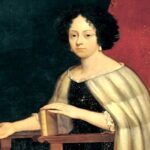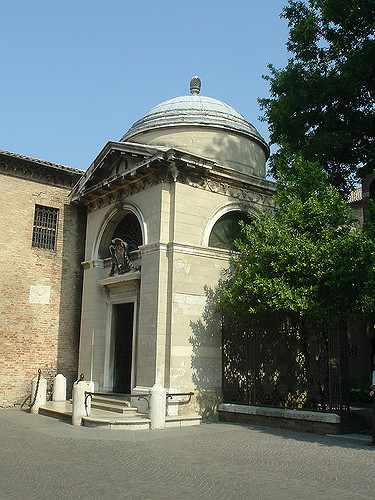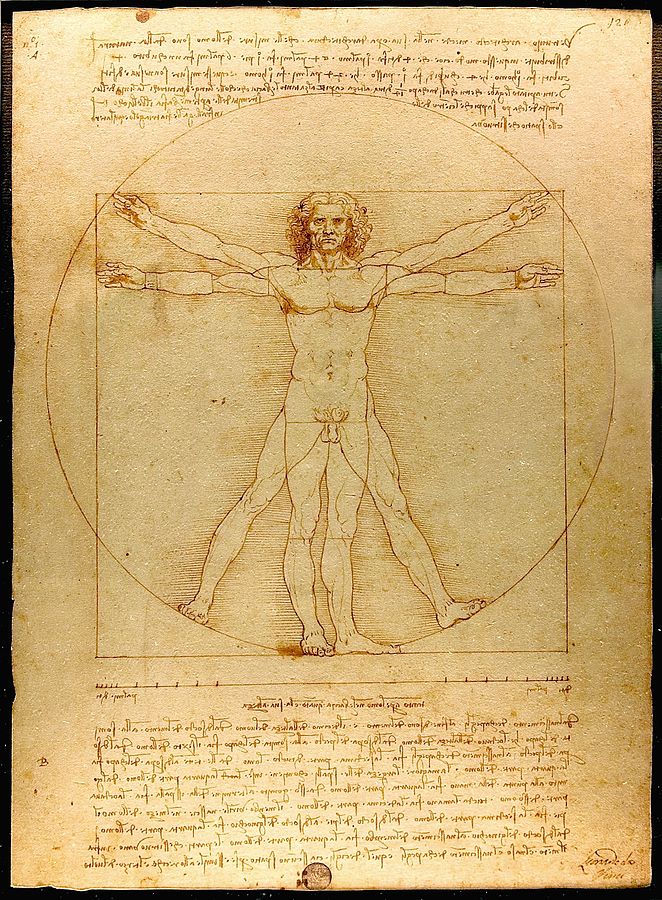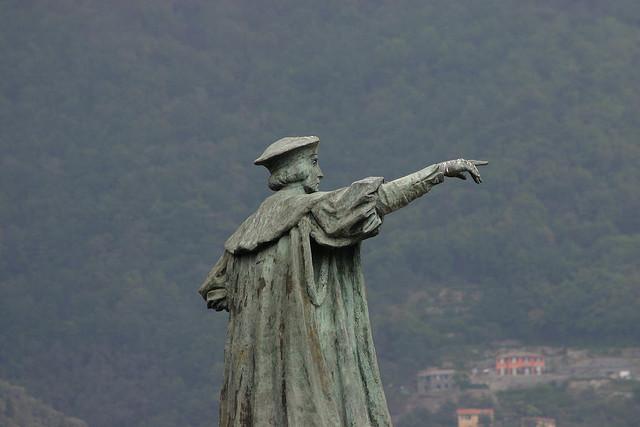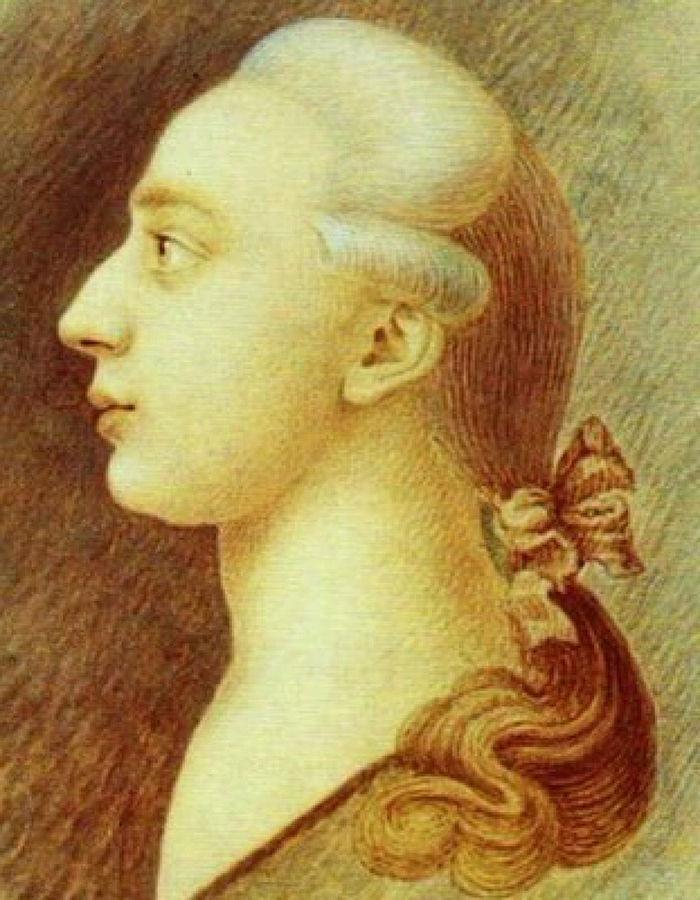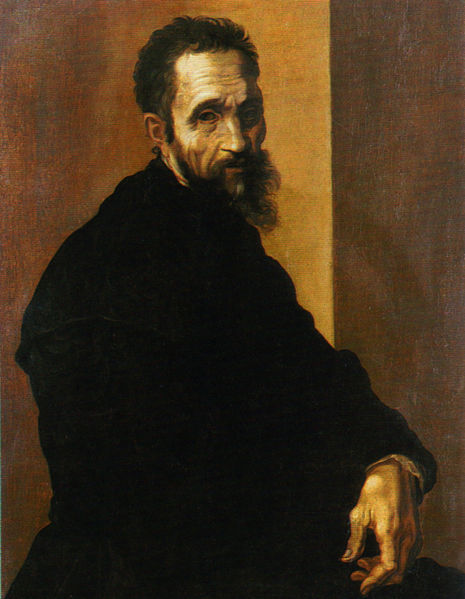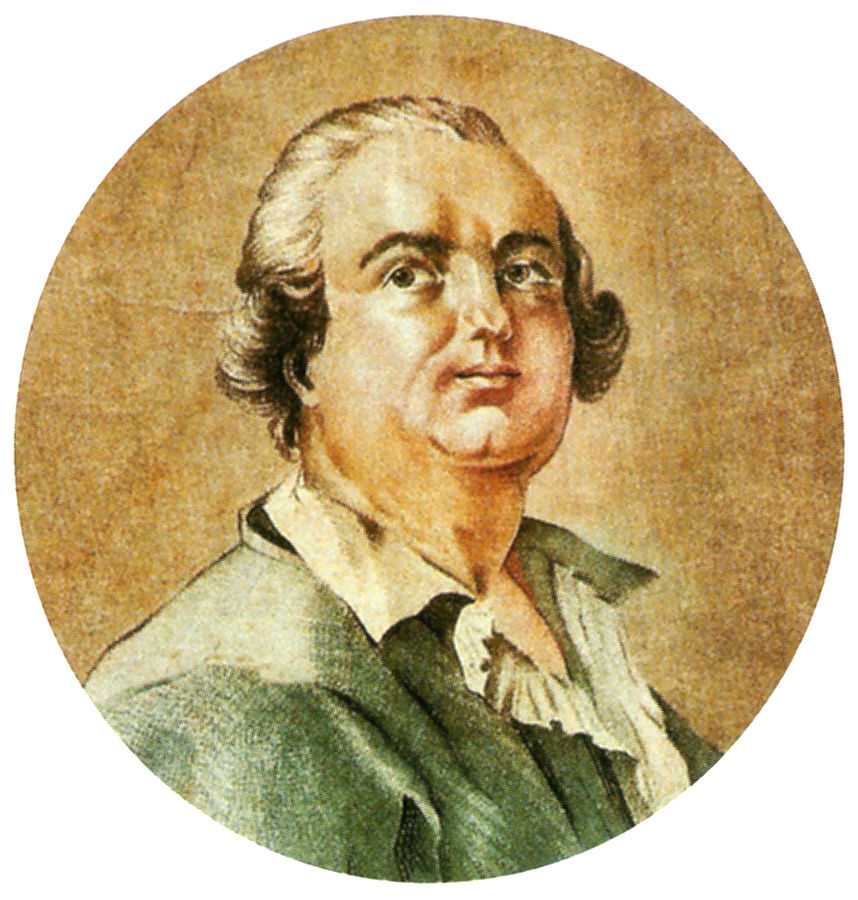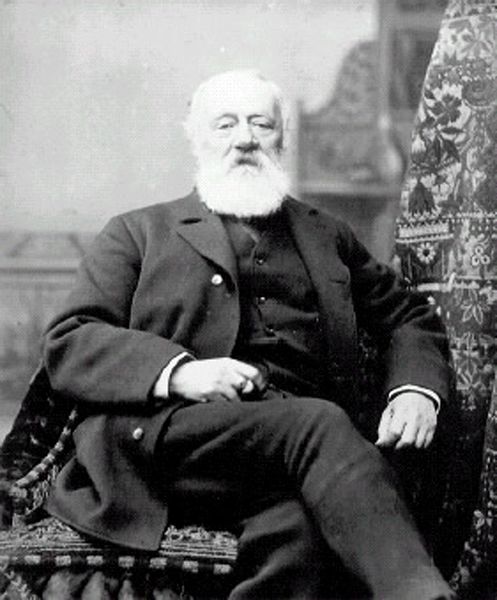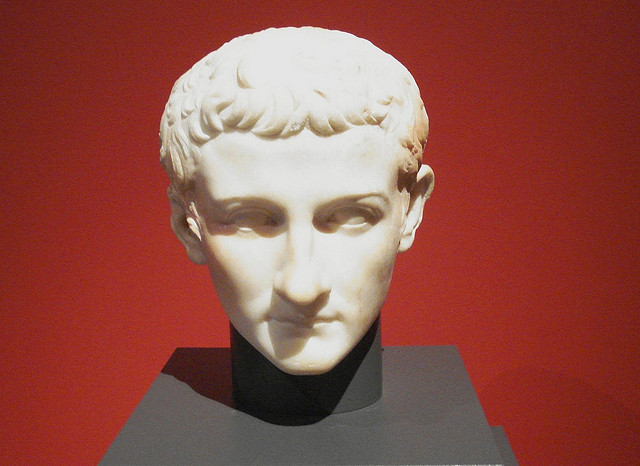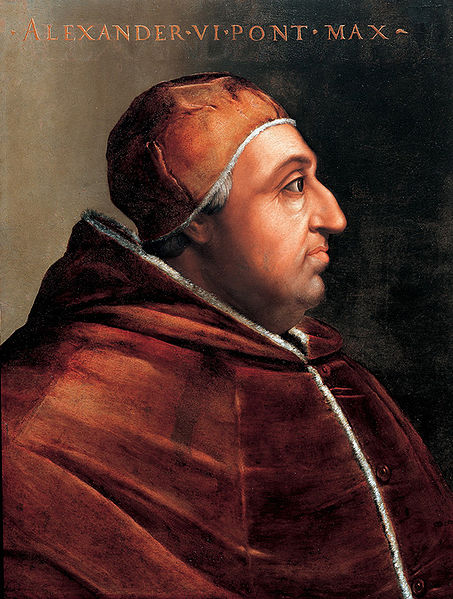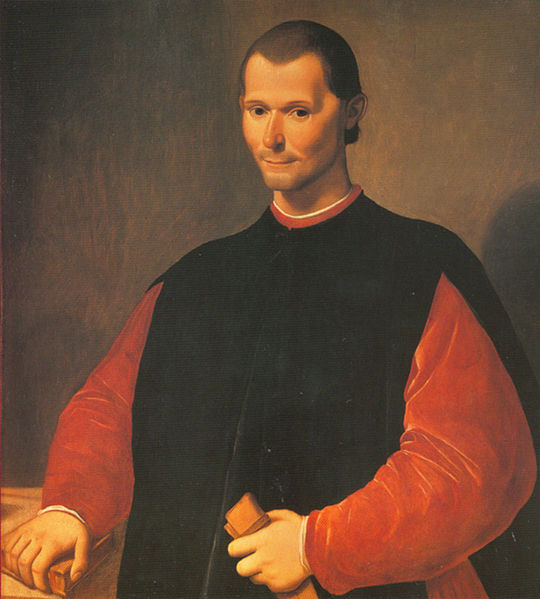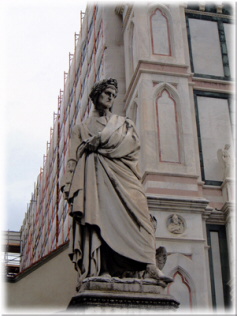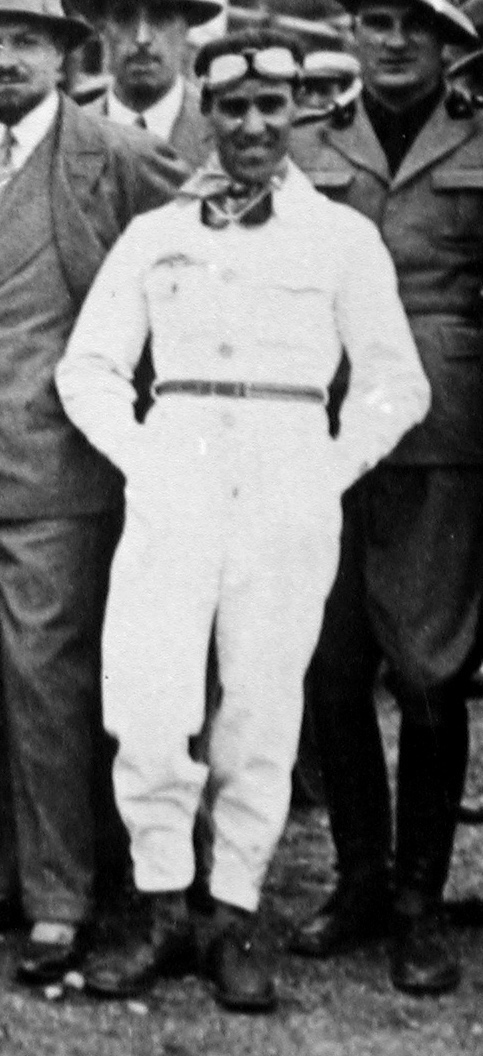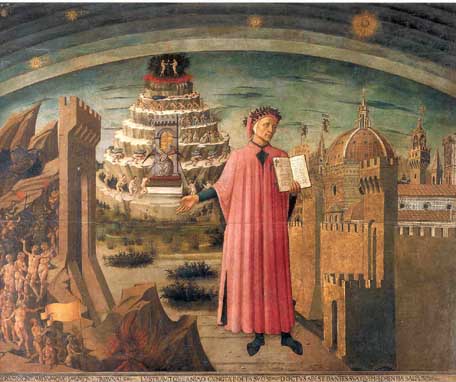Born on April 18 1480, Lucrezia Borgia was the daugher of Cardinal Rodrigo Borgia and his mistress, Vannozza (Giovanna) dei Cattani. Lucrezia had two older brothers, Giovanni (Juan) and Cesare. She also had a younger brother, Goffredo. Her father doted on his children but had a special bond with his only daughter. This bond would be seen by critics of the Borgia family, of which there were many, as unnatural – even incestuous; although there has never been any historical proof to support such claims.
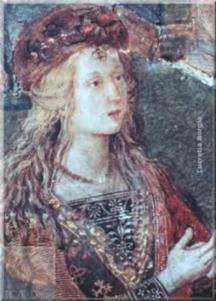 Lucrezia Borgia Painting
Lucrezia Borgia Painting
When the gray-eyed, blond-haired Lucrezia was only three, her father, Cardinal Rodrigo took them to live with his cousin, Adriana de Mila. Rodrigo was a Spaniard and he wanted his children brought up under his care. He had ambitions for each of his children as well as for himself. The Borgia family’s roots in Spain were quite impressive.
By the time Lucrezia was a preteen, she had already been betrothed to two Spanish noblemen. Both times Rodrigo cancelled the unions. In 1492 Cardinal Rodrigo became Pope Alexander VI. At this time, he sought a more fitting union for his only daughter. He married Lucrezia into the Sforza family. The Sforzas were a Milanese dynasty with a long history of rule. It is widely agreed among historians that Pope Alexander VI was pleased with this match as it would give him more of a foothold in Italy. As Pope, he would need it.
At the age of 13, Lucrezia married Giovanni Sforza, 27 years old. By all accounts, their marriage was not a union of love, tenderness or even mutual respect. The wedding was held at the Vatican on June 12, 1493 and was very elaborate. Lucrezia returned to Rome in early 1497 and would never return to her husband’s lands in Pesaro. Her father, Pope Alexander VI sought an annulment for her, citing that the union was never consummated. In a word, Giovanni Sforza was accused of impotence, a charge which he was not very happy about.
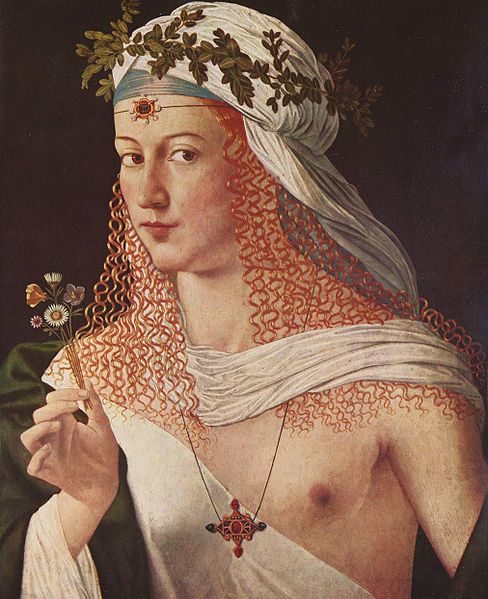 Bartolomeo Veneto: Lucreazia Borgia
Bartolomeo Veneto: Lucreazia Borgia
Giovanni struck back by insinuating that Lucrezia’s father wanted her close to him for some unholy reason and the father/daughter relationship was too close. Pope Alexander VI was involved with Giulia Farnese, a teenager friend of Lucrezia’s. However, the dislike of the Borgia family was on the rise and the charges marred not only Pope Alexander’s life but Lucrezia’s as well.
Eventually, Sforza signed a document stating his impotence – possibly through force – and left Rome. Pope Alexander VI and his son, Cesare, the despot who would become the model for Machiavelli’s The Prince, got to work on planning Lucrezia’s next marriage.
At the time of her annulment, rumor has it that Lucrezia was pregnant with a child from the affair she had with Alexander’s messenger, Perotto. She was sent to a nunnery while the proceedings were going on and was declared a virgin by her father, the pope, after the annulment agreement was reached. This was probably a very difficult time for the young woman because she had recently lost her brother Juan as well. He was murdered, possibly by his brother Cesare, although this is only speculation; Lucrezia, at any rate, would never have suspected her favored sibling of harming Juan. Juan’s wounded body was pulled from the River Tiber.
Perhaps pregnant and mourning the loss of a loved one, Lucrezia remained at the nunnery for many months. She only returned to Rome after Pope Alexander VI announced the birth of Giovanni Borgia – and the demise of her first marriage. In a papal bull, Alexander said that Giovanni was Cesare’s son, not Lucrezia’s.
Lucrezia referred to the child as her ‘little brother’. A papal bull in 1502 said he was not Cesare’s son but rather, the pope’s. After the pope’s death, Giovanni went to live with Lucrezia in Ferrara; but, we are getting ahead of ourselves.
Soon after Giovanni’s birth, Lucrezia became betrothed to Alfonso V of Aragon. He was the nephew of the King of Naples and the Duke of Bisceglie. Alfonso was handsome, well connected and very devoted to Lucrezia. All reports concur that Lucrezia loved him deeply as well. Unfortunately, the young couple’s happiness would be short-lived.
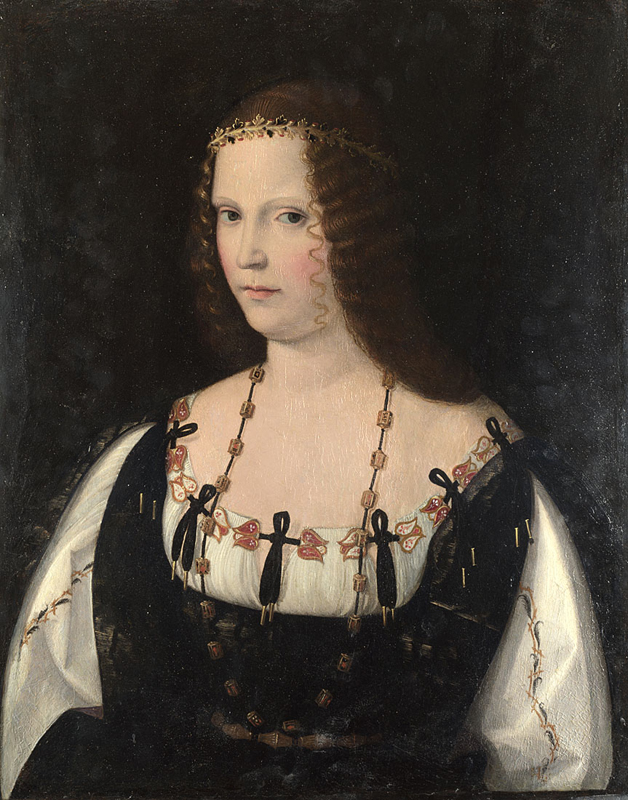 Portrait of Lucrezia Borgia by Bartolomeo Veneto
Portrait of Lucrezia Borgia by Bartolomeo Veneto
When Alfonso’s cousin, Carlotta, who was the daughter of the King of Naples, refused to marry Cesare, the marriage between Alfonso and Lucrezia was no longer politically advantageous. Cesare became betrothed to the French princess. Alfonso was astute to realize that he should fear Cesare especially. He fled to Colonna for a time; but, Lucrezia begged him to return. He did and was attacked on the steps of St. Peter’s at 10 pm on July 15, 1500.
Lucrezia was desperate for her husband to live. She did her best to nurse him back to health. For a time, her loving care seemed to be helping. However, Alphonso was strangled to death in his chambers. Lucrezia had only recently given birth to their only child, Rodrigo, when her husband was murdered.
Lucrezia’s grief was immense. However, this did not stop her father and brother from pushing forward with their ambitions. On February 2, 1502 Lucrezia was married to Alfonse d’Este, the Duke of Ferrara. Lucrezia’s new family wasn’t thrilled to have her a member at first. The marriage was only agreed upon after Alfonse’s father sent an envoy to spy on the young woman and prove that the rumors surrounding her were untrue.
Although the marriage didn’t start out as particularly glorious, over the years Alfonse and Lucrezia came to love each other deeply. Lucrezia bore him seven children between the years of 1505 and 1519. She was noted for being a very devoted mother. Rodrigo, the child of her marriage to Alphonso, died at the tender age of 13. She went into a convent to grieve her child for several months before returning to Ferrara and her husband.
Despite such hardships and sorrows, Lucrezia was a just and fair duchess. She meted out proper punishments and was very well loved by the people of Ferrara. Some say she continued to have romantic liaisons despite her domestic happiness. One noted dalliance was with the poet, Bembo. However, many accounts state that this was most definitely an intellectual, courtly and purely platonic relationship.
Regardless, Lucrezia Borgia had overcome many scandals and survived the fall of the Borgia family that occurred with Alexander VI’s death in August 1503. She died ten days after delivering her eighth child, Isabella Maria d’Este on June 14, 1519. The child died soon after birth; and, Lucrezia developed complications.
By all accounts, Lucrezia’s husband, children and the people of Ferrara mourned their duchess. She had earned their respect and trust despite a difficult past and a reputation that the world still clings to almost 500 years after her death.
Was Lucrezia a victim of her time? A pawn in a political family? A devious black widow who possessed a poisoned ring that she used to do in her enemies? Who knows? Whatever the scandals were surrounding Lucrezia Borgia, she was a devoted mother, a dutiful daughter and an accomplished woman of the Renaissance. She’s inspired authors, artists, opera composers and many others. She is an influential Italian and a lady who deserves a closer look.
By Deanna Couras Goodson


